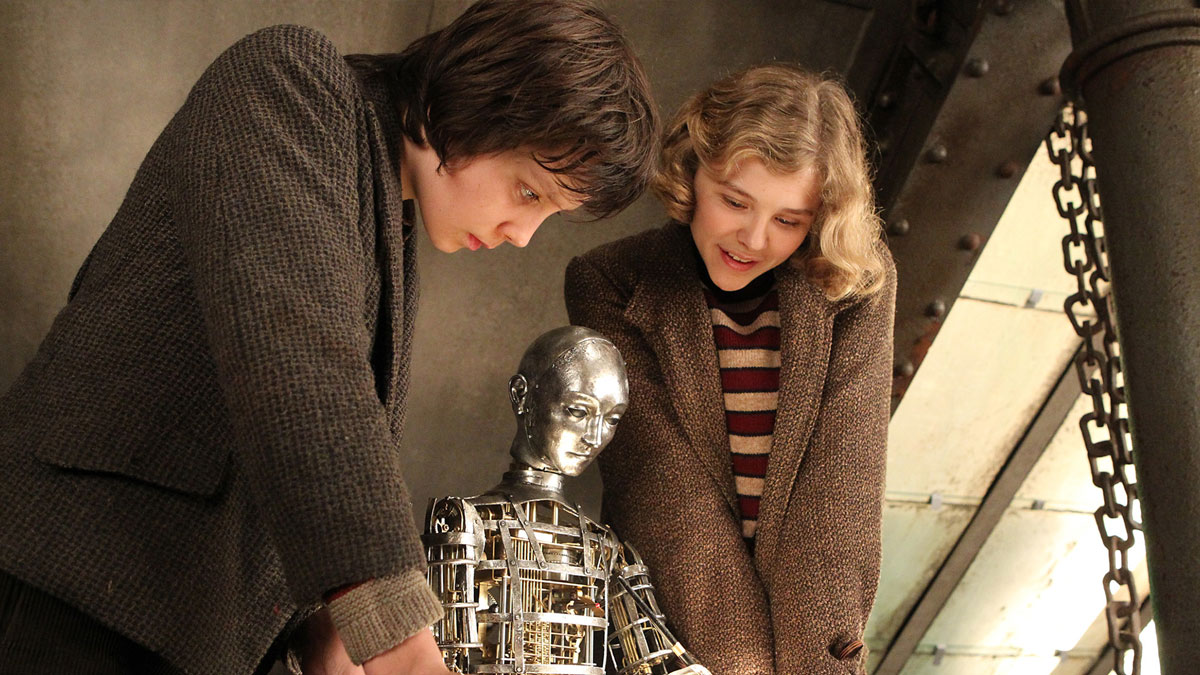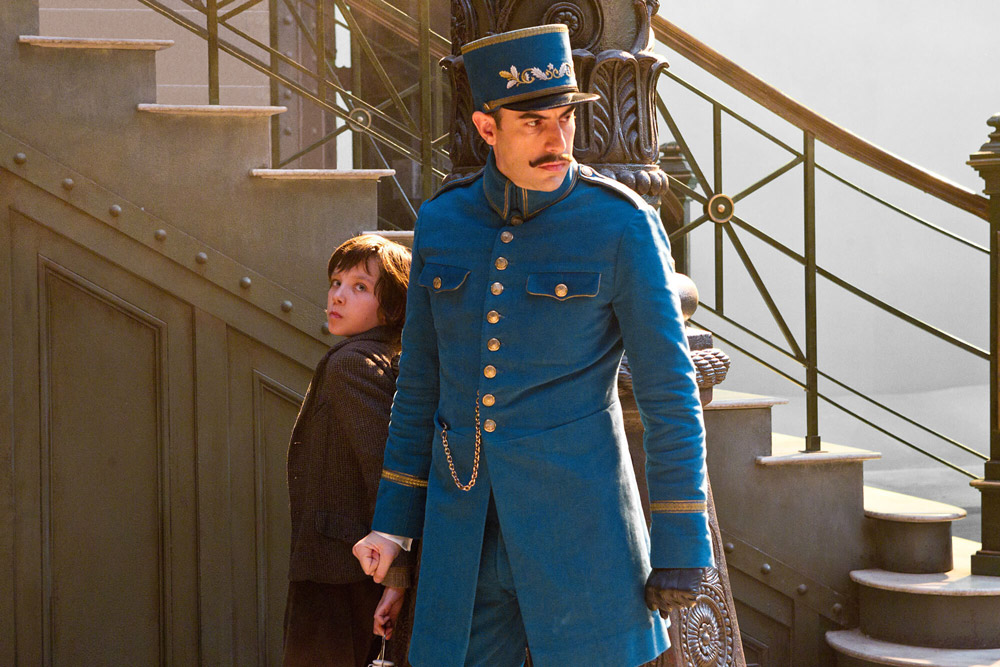
(C) 2011 Paramount Pictures. All Rights Reserved.TM, (R) & Copyright (C) 2013 by Paramount Pictures. All Rights Reserved.
"Hugo" The Mystery of the Automaton and the Happy Finale
2018.12.05
Méliès's film revived
In the finale of the film, a professor of film history, René Tabard (Michael Stuhlbarg), organizes a "Méliès Film Festival" using films he has found from around the country. Tabar is a fictional character, but he is also a composite of several real people.
One such person is the film historian Georges-Michel Coissac, who dedicated a dedication to Méliès in his 1925 book Histoire du cinéma to nos jours (History of the Cinema from its Origins to the Present) . Others who have paid tribute to Méliès include Léon: The Professional Drouot, Louis Aubert, Maurice Noverre, René Jeanne, Paul Gilson, René Toumazot, Maurice Betz and Claude Fayard.
The other is Jean Mauclainne, who runs a theater specializing in avant-garde films. One day, his car broke down in a small village in Normandy. The mechanic who helped him out found a film canister in the car and told him that there were many of the same canisters in the dairy factory of a château. The owner of the château was a furniture dealer, but he was once such a big fan of Méliès that he built a movie theater inside his shop. Upon visiting the store, he found that much of the film had rotted away, but there were still eight cans of Méliès' works that were still usable for screening. Mauclainne printed new prints from the canisters, tracked down Elisabeth Thuillier, who had once been in charge of the factory that hand-colored Méliès' works, and attempted to restore the color plates under her guidance.

"Hugo" (C) 2011 Paramount Pictures. All Rights Reserved.TM, (R) & Copyright (C) 2013 by Paramount Pictures. All Rights Reserved.
Thus, Mauclainen held the Gala Méliès at the Salle Pleyel in Paris in 1929. In addition to A Trip to the Moon, the program included Les Fantaisies (1909), The Flying Jew (1905), The Devil's Mischief (1906), The Devil's Lodger (1909), The Magic Butterfly (1909), The Visions of Baron Munchausen (1911), and The Conquest of the Polar Regions (1912).
The film(*9) shown at the "Méliès Film Festival" in the film was converted from 2D to 3D by Legend 3D . The company cleverly combined the theater and people shot in native 3D with the 2D/3D converted images on the screen. The moment when Ben Kingsley switches to the real Méliès is particularly impressive.
*9 However, the colorized version of A Trip to the Moon was lost for a long time. In 1993, the film was donated by an anonymous person to the Cinematheque of Barcelona. In 2001, the curator Anton Jimenez said that the film had been donated by the film restoration company French Lobster FilmsThe film was then transferred to Eric Lange of the University of Tokyo in exchange for the Segundo de Chomon collection. However, the film was in such a bad condition that it could not be easily restored, and although the fragments of the film were digitized, it remained that way for about eight years. Finally, in 2010, the Groupama-Gan Foundation and the Technicolor Foundation provided funds to restore the film using the latest restoration techniques in 2011. Restoration workThe 2D/3D conversion for "Hugo..." is based on this restored version.

